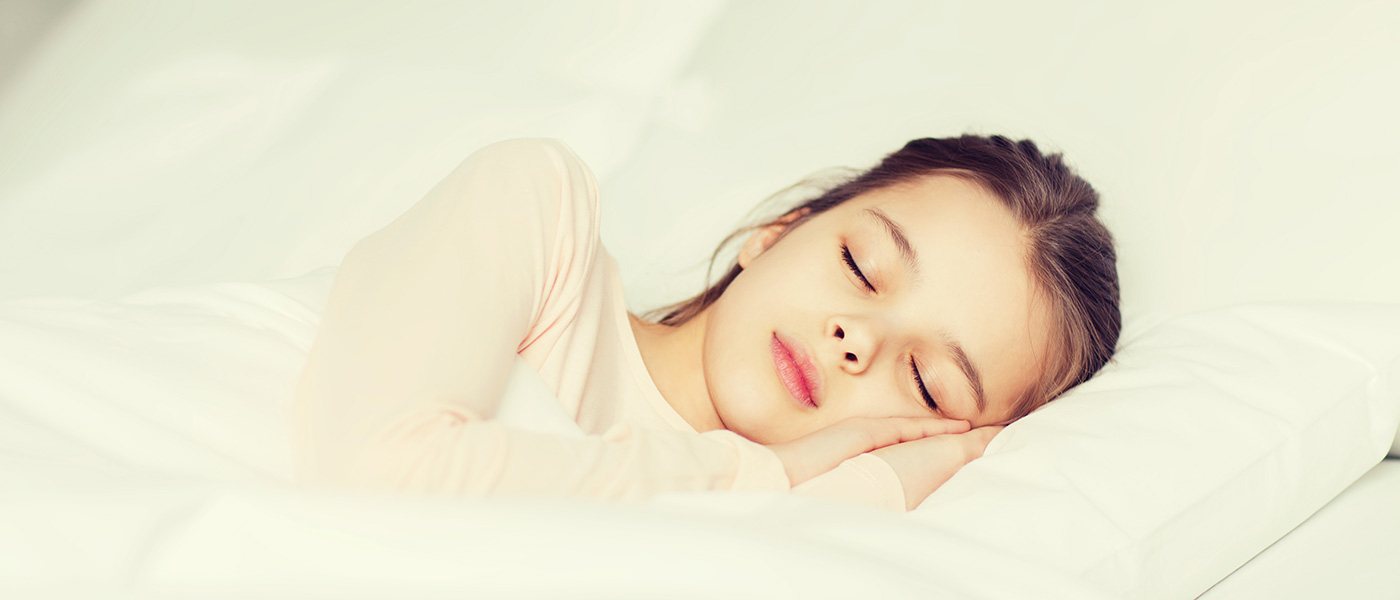
Article at a Glance
When Anne’s son Carson was eight months old, he quit napping. By age two, getting him to sleep took hours of effort and netted only a few stolen hours of low-quality rest. By three, he would stay awake for stretches as long as thirty-three hours. In desperation, Anne consulted her pediatrician, who—in coordination with other specialists—helped uncover the causes of Carson’s sleep troubles.
“Many of the sleep disturbance issues we see in older children stem from behaviors they developed in their first two years of life. Like with many health issues, if we identify potential problems and fix them early, the intervention needed can be minor and not require medication.”—Dr. Joseph Hershkop
Sleep disorders are not uncommon in kids. Because sleep disorders like obstructive sleep apnea (OSA) can lead to other health complications, the AAP’s practice guidelines recommend that all kids who snore regularly be screened for OSA. What’s more, a child with a sleep disorder is very likely to have a family that also suffers from a lack of sleep. If you’re struggling with a child who cannot fall asleep or who cannot stay asleep, these tips are the first actions a pediatrician or sleep clinic will often recommend:
Just like adults, kids can develop sleep problems during big transitions like a divorce or death in the family. While we can’t remove these stressors, understanding that they impact sleep can help us to be more understanding and patient. Underlying conditions like asthma and allergies can also compromise sleep. In these cases, addressing the root cause will be far more useful than seeking a sleep aid.
Good sleep habits, like all habits, are born from routines. A good nightly routine not only trains our brains to prepare for sleep, but can soothe anxiety and lower stimulation levels.
It’s possible the answer lies within the room, not the child.
A child who can put herself to sleep is a child who can put herself back to sleep should she wake in the night—and that’s a win for everyone. If your child has been trained to need rocking, reading, or singing to fall asleep, it’s time to transition. After story time, send your child to bed on her own with a promise to come check on her. Follow through on that promise, but begin adding a minute or two each week to how long you wait to check.
We’re continually reminded that physical activity is vital to our health, but did you know that regular exercise also improves the quality and duration of our sleep cycles? Children need at least an hour per day of exercise. Reaching this goal on wet or cold days may require getting creative, but can yield a better night’s sleep for all.
Sleep requirements evolve throughout our lifespan, and the Centers for Disease Control (CDC) recommend the following amounts of sleep by age for each 24 hour period:
*Including naps
If you’ve established a healthy evening routine and ruled out health conditions but your child is still battling sleep problems, make an appointment with your pediatrician and start documenting the following:
In Carson’s case, Anne tried all the usual tips and more. She cut sugar, caffeine, and even food coloring from his diet, put away electronics and established a consistent routine. The changes helped make him calmer at night, but didn’t help him fall asleep. It was a long road to diagnosis (while enduring her own sleep deprivation), but Anne’s detailed documentation helped Carson’s healthcare team find the right combination of treatments that helped.
Today, Carson is a thriving first grader. After being diagnosed with OSA and persistent insomnia, he had his tonsils and adenoids removed. He now gets his sleep through the combination of a solid bedtime routine and the help of a prescription sleep aid.